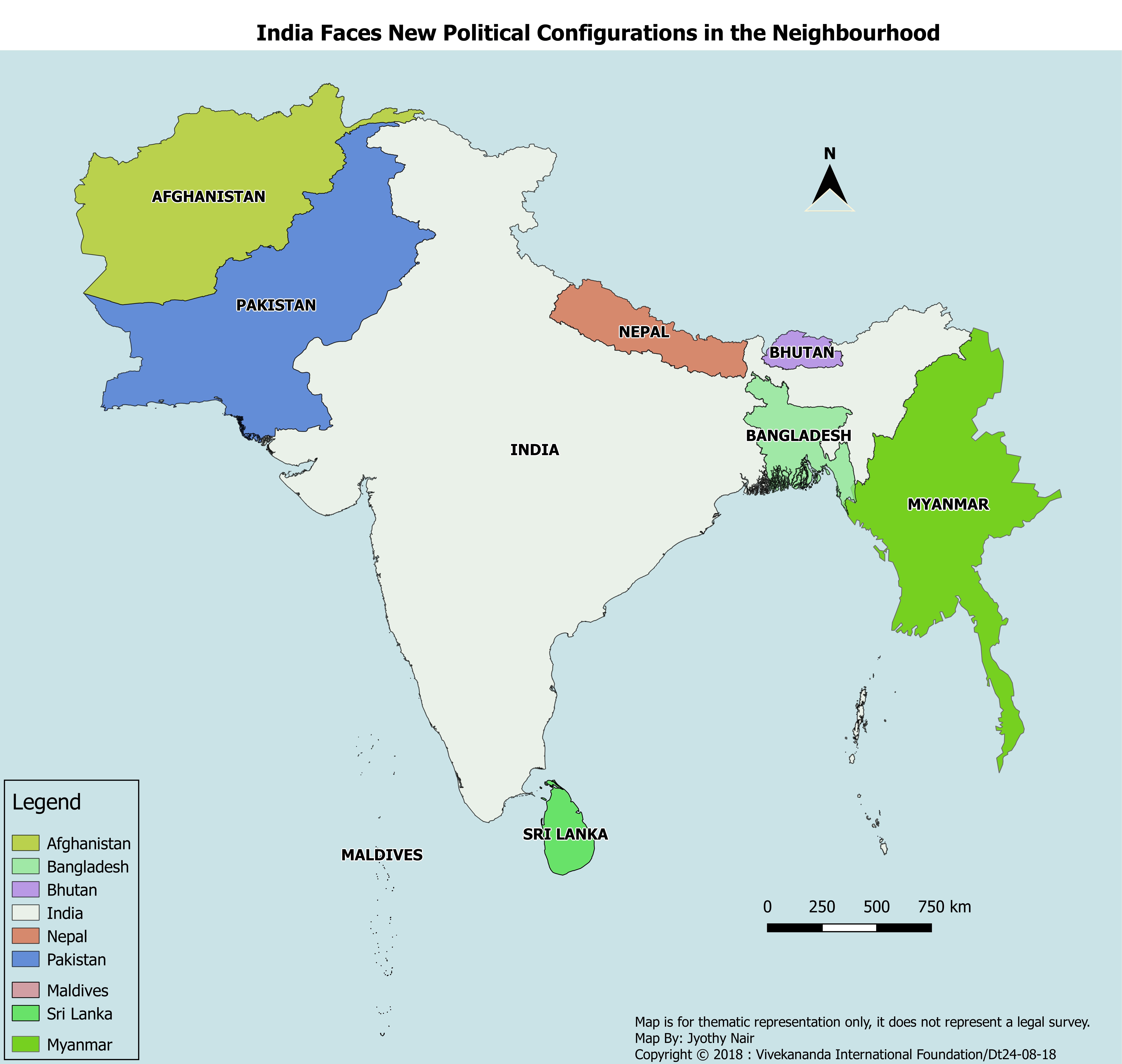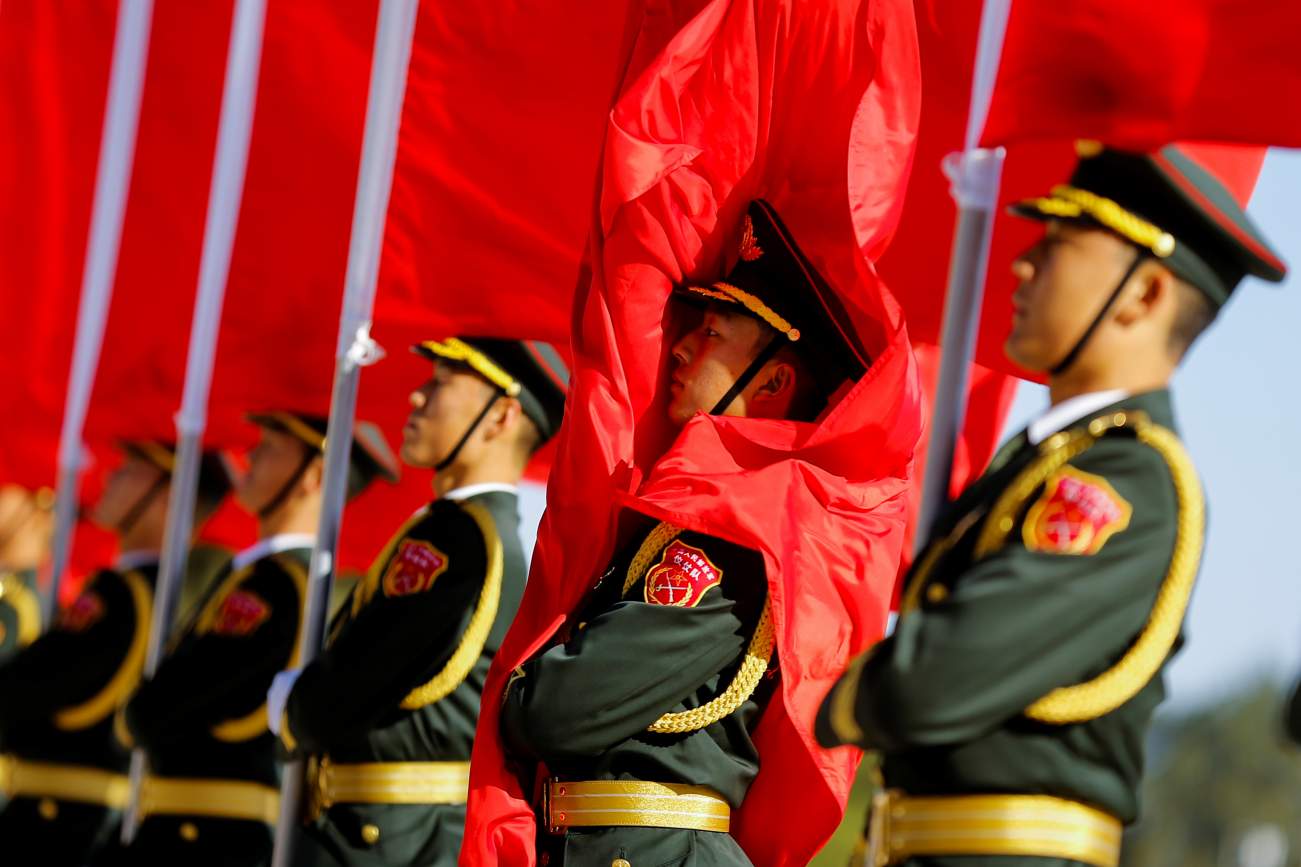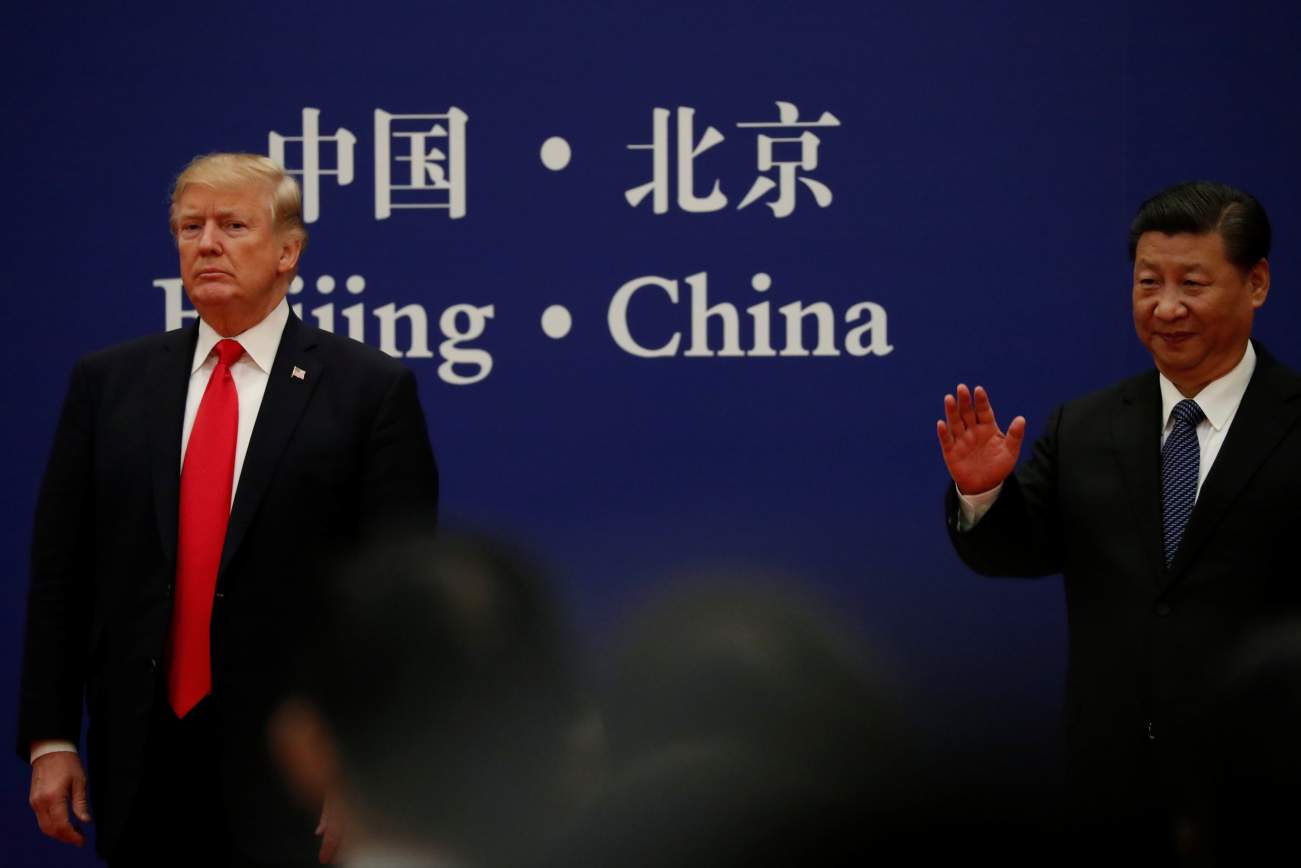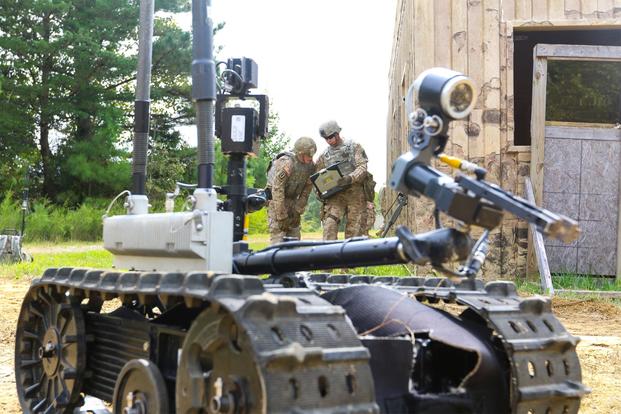On 21 July 2018 my blog crossed seven million mark. It took three and half months to reach from seven million to 8 million hits.
The page views of last month is as under :
My observations on the page views are :
Language Issue. Latin America does not view this blog probably for language reasons. Same for Russia, Japan.
China has banned my site for viewing. When in China I could not access.
No idea why hits from Africa is very less.
In India very few people read serious issues. A blog on Bollywood would have attracted much more eyeballs. Same is the condition in South Asian countries. Many a times Singapore has more page views than India.
Google is not willing to put ads because of some policy issues. I don’t want to make it a paid site. Any idea how can I generate some revenue so that I can employ some people to carry this forward. Doing it alone is a tough job.
I am not getting younger!
















